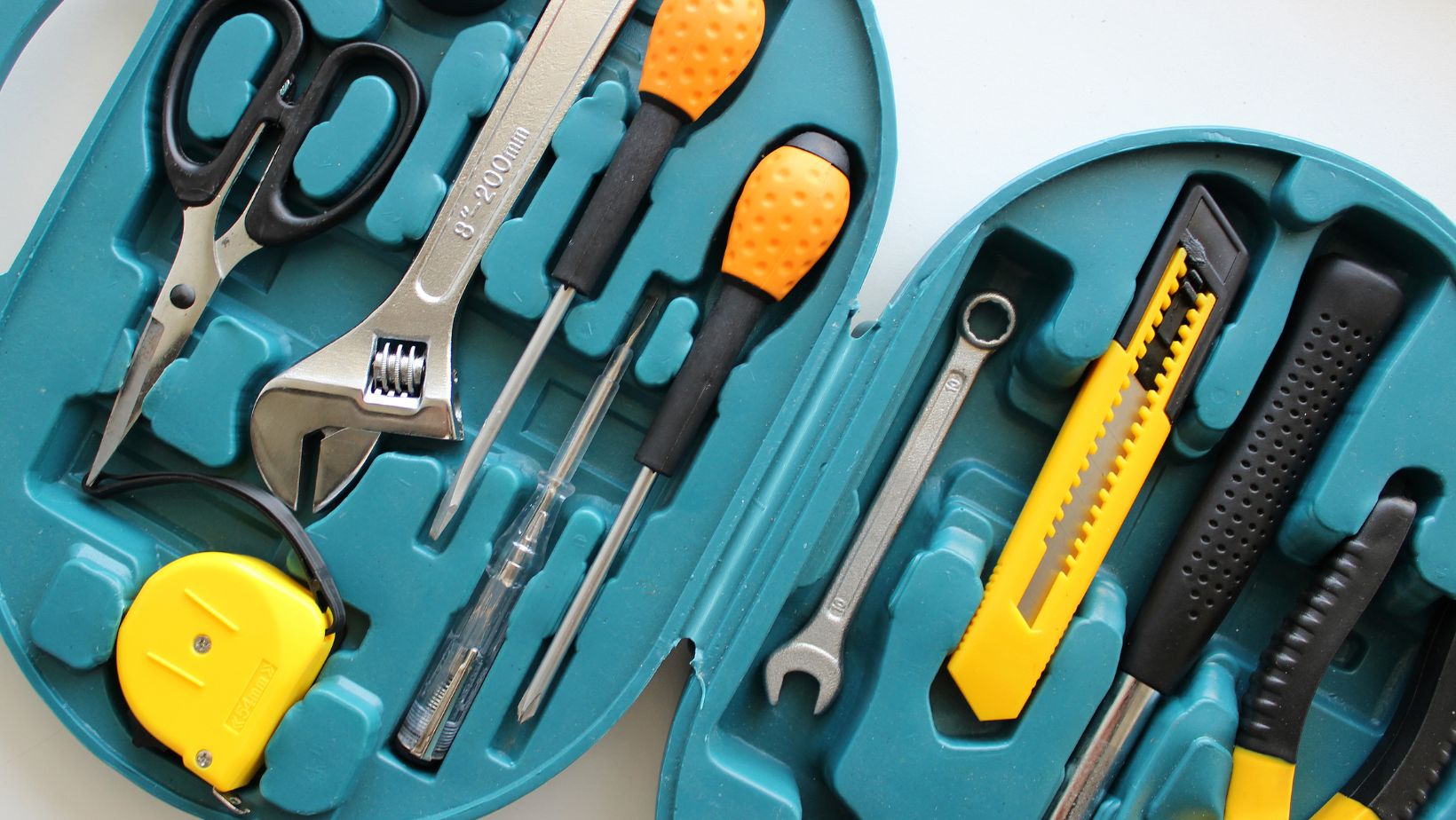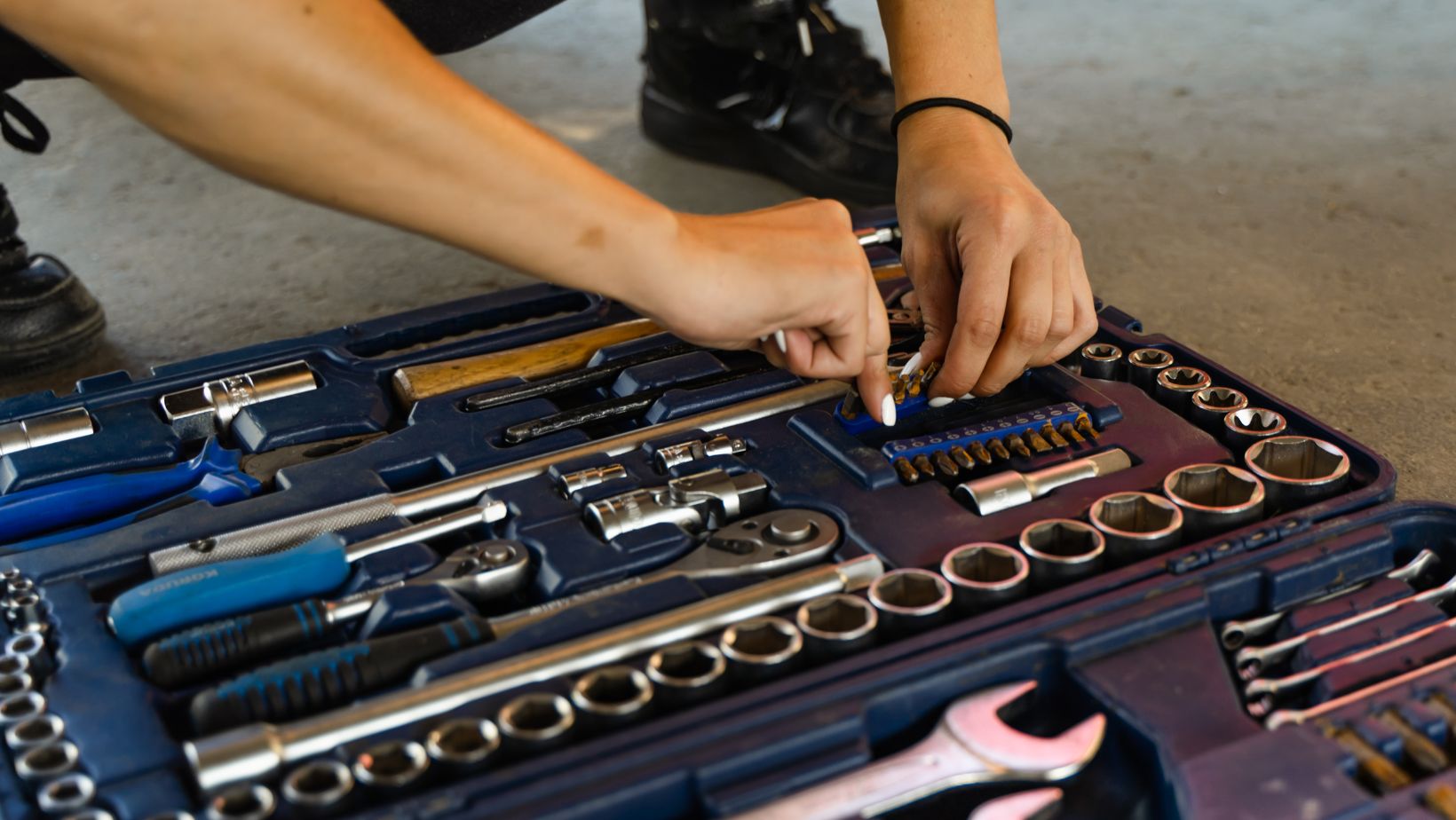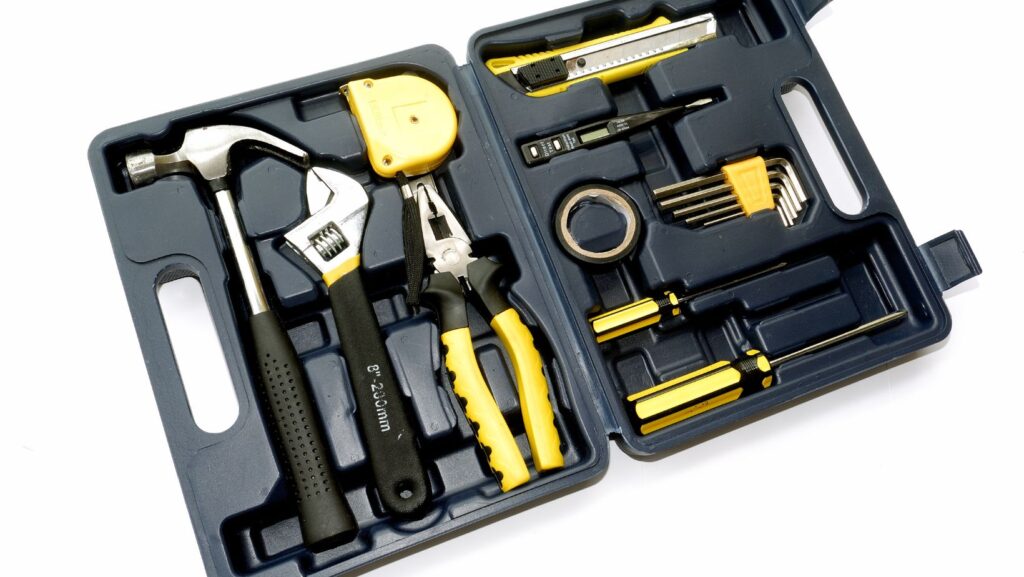Each year, hundreds of thousands of people worldwide die in crashes involving bicycles, which is one reason that it’s essential to develop better helmets to help protect riders. Last year, scientists at the University of Colorado of Boulder and Sandia National Laboratories used A.I. to create a new kind of foam for use in helmets that protect better than traditional foams, and there are plans to use the 3-D printable material in everything from football pads to shipping containers.
Revolutionary changes in the way foam is created have applications far beyond helmets and padding and may even have implications for more prosaic situations, such as how we store tools. Advanced foam technologies are making tool storage easier and safer than ever before and are helping to keep tools in good condition for a longer time.
In this article, we’ll take a look at some of the recent innovations in advanced foam technology and how they are changing the way we store and protect tools.
Improvements to Cushioning and Impact Resistance
Advances in foam technology, such as closed-cell foams and memory foams, have radically changed how well tool storage devices like toolboxes, toolbox organizers, and tool chests keep tools safe from impacts and jarring. While traditional foams often fail to withstand the pressure of heavy tools moving around in the boxes and would sometimes flatten or give out, the new breed of foam technology offers much stronger shock absorption. As a result, your tools are better protected from damage during transportation, handling, and storage. New advanced foams can be cut to fit each tool perfectly and retain their shape, allowing the foam to act as a buffer, limiting contact between tools, and thus reducing the risk of wear or damage.
Customizable tool layouts
Revolutionary advances in foam technology have made it easier than ever to create custom tool layouts to ensure that your foam fits perfectly around every tool.

Some tool layouts can be 3-D printed to give an exact fit to cushion every part of your tool, not just an outline around the tool. With computer-aided design, foam can be cut to maximize tool storage, allowing you to fit more tools into the same amount of space. The result is to protect your tools from friction and movement that can lead to scratches and wear.
Improved Durability and Longevity
One of the biggest problems with older foams was that they would either degrade or compress over time. That means that many older tool storage options become less reliable over time and can contribute to damage to the tools. Advanced foams are more durable than ever before, and this durability offers long-lasting protection for your tools. This, in turn, helps your tools to last longer and makes it less likely that you will need to replace your foam storage solutions. Many modern foam options are resistant to wear, oils, solvents, and UV exposure, and this makes them suitable for protecting sensitive or expensive tools.
Lighter Weight
As should be obvious, foam storage options weigh less than traditional metal or hard plastic storage options. Lighter options make it easier for workers to carry their tools, which reduces the risk of injury. Additionally, lightweight options often require fewer raw materials and can lead to more sustainable production methods than traditional metal or hardened plastic toolboxes.

Advanced foam options offer similar levels of protection as traditional metal or plastic while reducing the physical burden on workers.
Rust Prevention
Some of the most revolutionary new foams are designed to be moisture-resistant or moisture-wicking, which helps keep tools from rusting or corroding. While it is always best practice to clean and dry tools before putting them away, taking advantage of these moisture-resistant foams, you can have peace of mind in the event that someone puts a tool away wet or forgets to clean them perfectly. This will help prolong your tools’ lifespans and help them stay dry even in the face of human error.
Sustainability
Finally, one of the most important ways modern foams are revolutionizing tool storage is through sustainability. Many modern foams are made out of sustainable materials, such as recycled plastics, while others are produced with various carbon offsets to help reduce your carbon footprint when you buy a foam storage option. As more businesses go green, it can be great publicity to emphasize that you are using (or transitioning to) sustainable and green tool storage options.


More Stories
Craig Scott Capital: A Comprehensive Overview
USB Flash Drive Showing No Media in Disk Management [8 Quick Fixes]
The Institutional Case for Tokenizing Real‑World Assets